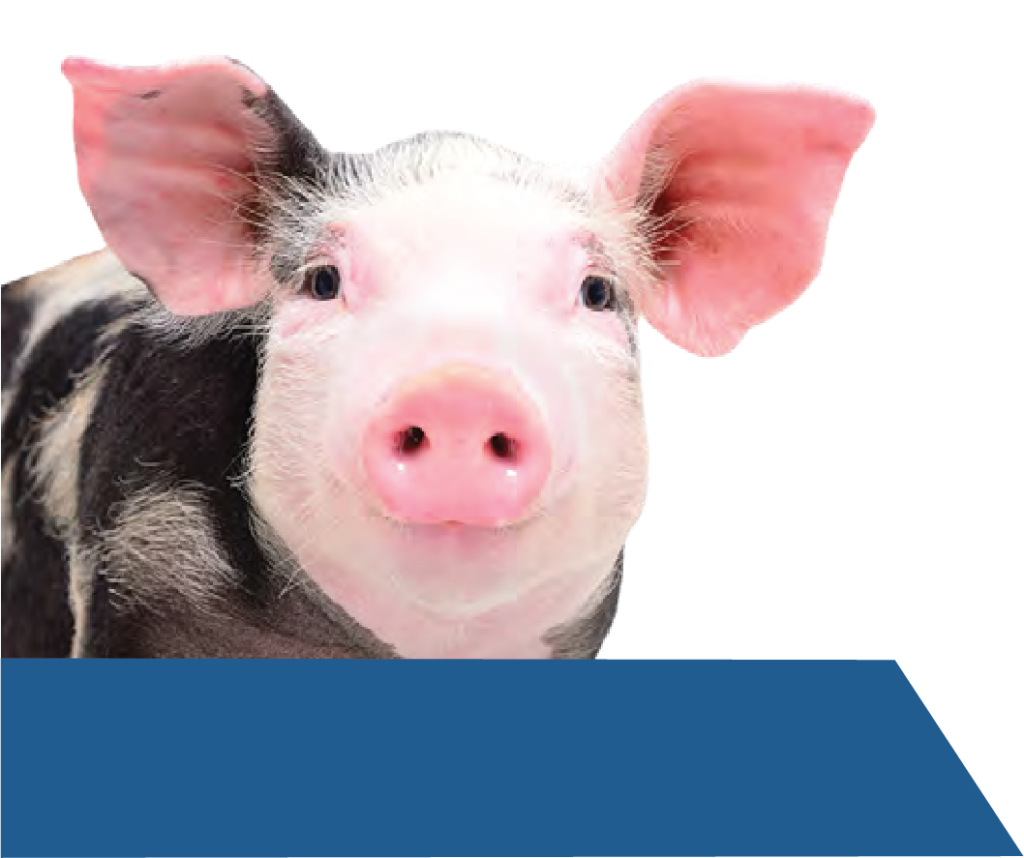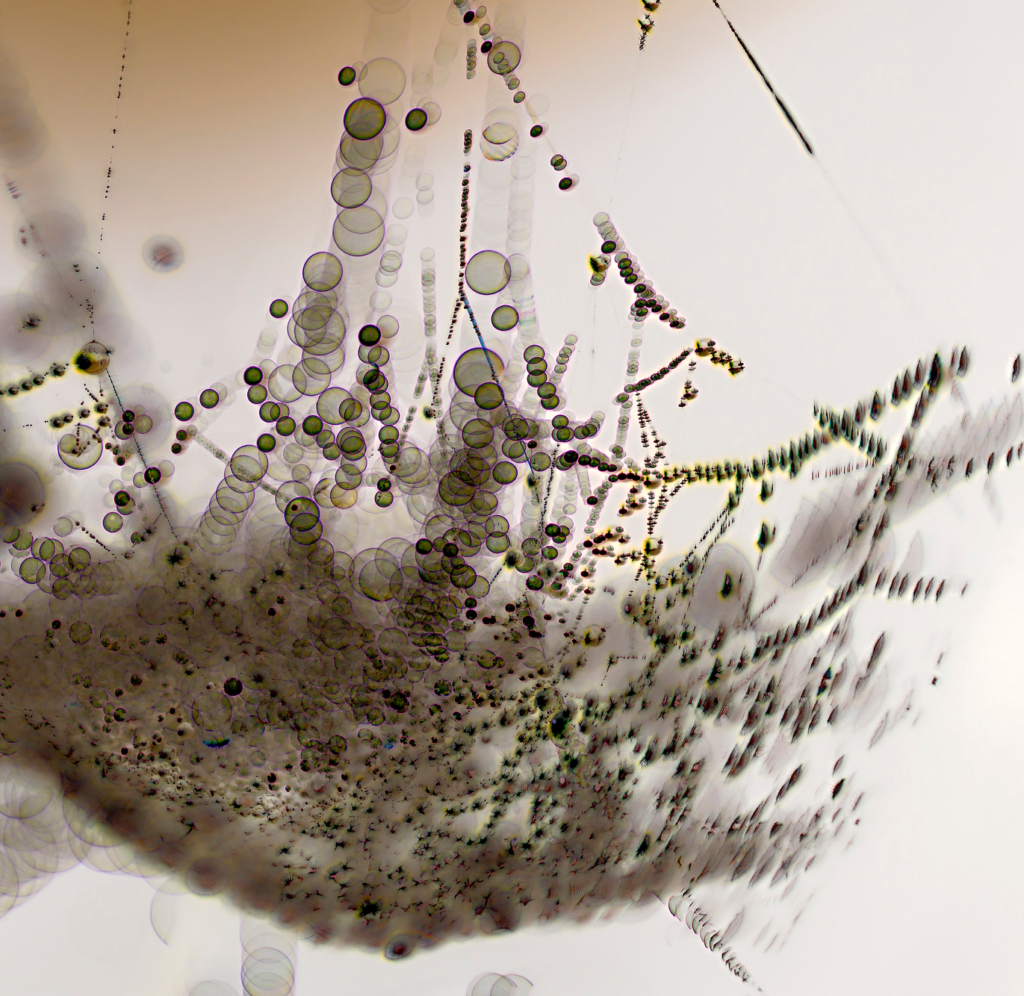Biofilm Can Increase the Pathogenesis of Diseases, and Change How Hereditary Diseases Present.
Not only that, but the National Institutes of Health (NIH) reports that 65% of all bacterial infections are associated with biofilm formation, and close proximity of the bacteria allows for horizontal gene transfer to spread resistance as well.
That’s why we’ve worked with our friends at Sterilex to introduce the new Vive line of products. Designed to kill and remove biofilm and prevent cross-contamination, we are extremely excited to be able to exclusively offer Sterilex’s patented PerQuat technology to the life sciences industry.



